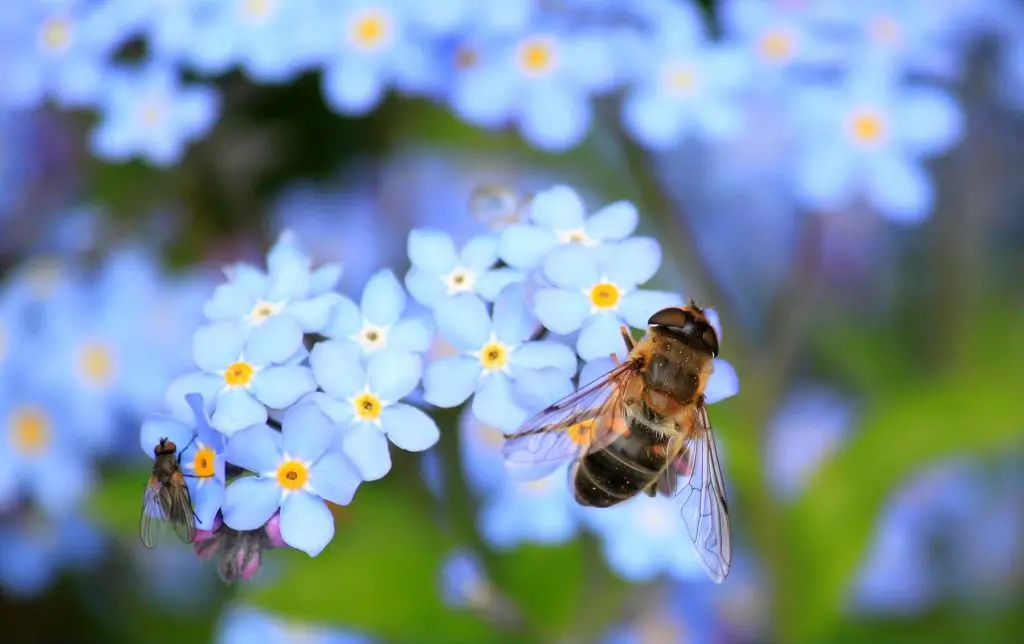By now, you may already be familiar with breathing techniques like sama vrtti and ujjayi pranayama. However, if you haven’t heard of hummingbee breath or bhramari pranayama, then consider including it in your meditation practice.
Just like other breathing techniques, bhramari helps soothe the nervous system and clear the mind. Here’s how to do hummingbee breath.

Find a comfortable seated position, ideally in a quiet space. Sit tall, rooting down onto your sitting bones and lengthening up through the crown of your head. Roll the shoulders away from your eyes.
Close your eyes, and breathe naturally. Become aware of the rhythm of your breath, not trying to change it. Feel the natural pace and depth of your inhalations and exhalations.
Check in with the mind. Observe your thoughts without judgment. Check in with your emotions as well, and see if you’re holding any tension and anxiety in your body. Mindfully relax your body just a bit more, while still maintaining an upright posture.
When you’re ready, take a smooth and rich inhalation. Then, when you exhale, make a low-pitched, steady humming sound. The sound should sound similar to a buzzing bumblebee, or a prolonged M.
Feel the vibration at the back of your throat, teeth, tongue, nose, and jaw. Visualize this vibration spreading across the rest of your body.
Pause, then inhale again. Try to inhale more fully and deeply this time. Then exhale again, create that steady humming sound once more. Try to do it longer.
Do a few more rounds of your hummingbee breath. After six to eight cycles, try silent bhramari. This entails inhaling and exhaling naturally, but imagining that same vibration in the mind.
When you are ready to end your practice, become aware of your body. You may wiggle the fingers and the toes, or make circles with the wrists and the ankles.
Once you feel that you have returned back to your space, open your eyes.




